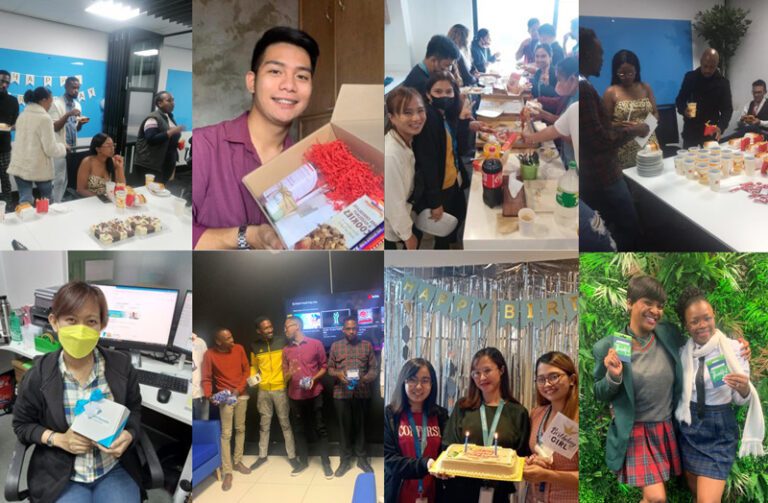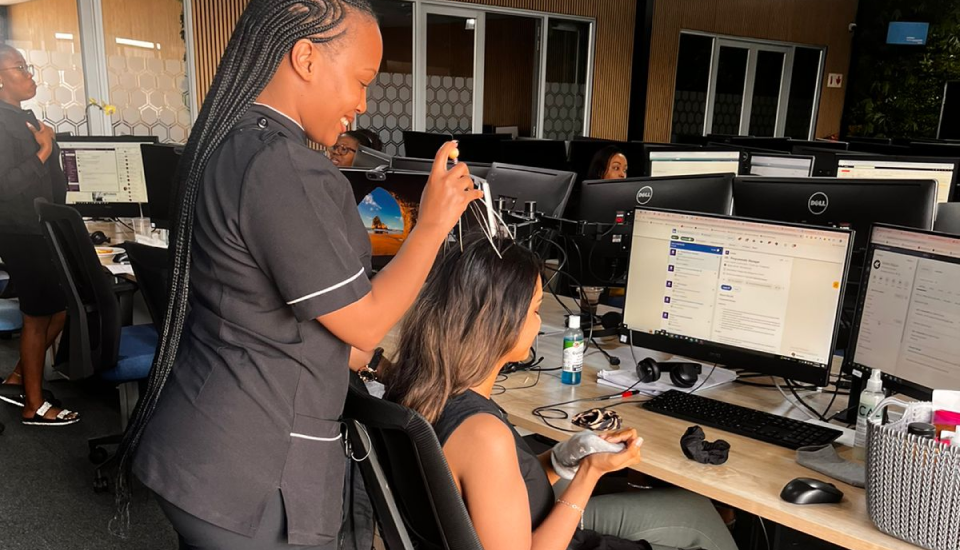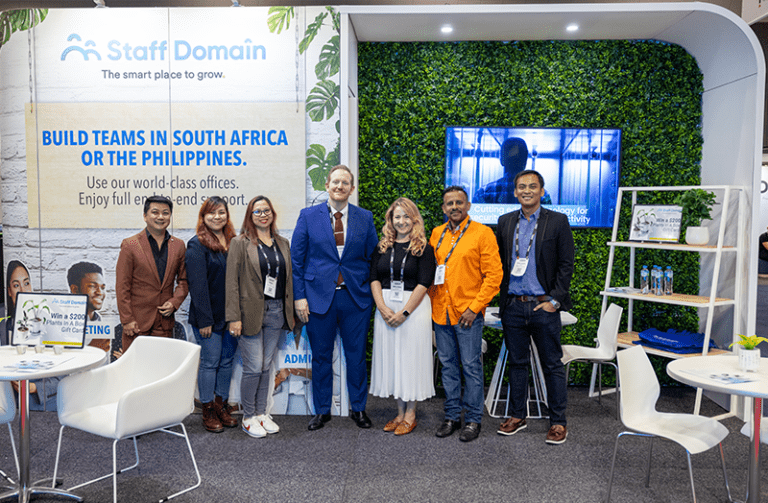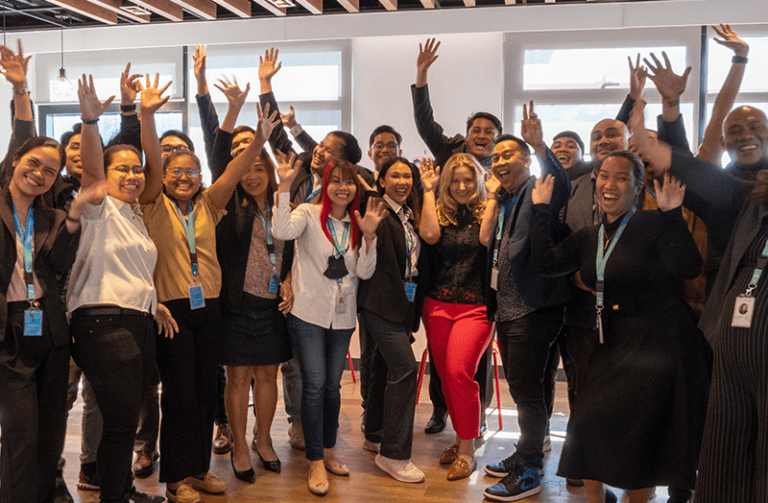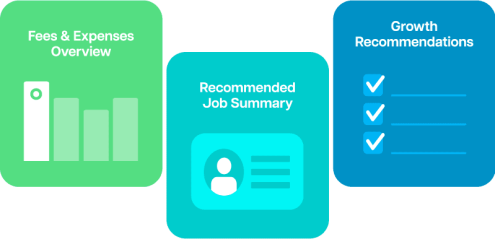Building Emotional Intelligence for Resilient Offshore Sales Teams
Intern Marketing
on
October 22, 2024
Building Emotional Intelligence for Resilient Offshore Sales Teams
Emotional Intelligence in Offshore Sales Teams
Outbound sales teams often face obstacles that can affect their goals and objectives. These obstacles include cultural differences, time zone variations, and language barriers. Such matters have a negative impact on effective communication, and results in distance between the corporate culture and the clients resulting in lack of trust.
EI is useful in filling such gaps. The development of EI within offshore sales teams benefits interpersonal relationships and work teams. One of the advantages of higher levels of self-awareness is the identification of patterns that cause specific emotions, coordination of the results to produce better responses to existent conflict situations.
Empathy enables the salespeople to gauge the general or specific emotional condition of the clients and vice versa hence coming up with (more) meaningful communication and sales solutions. To work most efficiently, and to avoid stress when posting messages that may be seen the next day or the next week, effective emotional regulation is helpful within a team.
Recognising passion allows for enhancing the psychological stability of offshore sales groups, increasing the performance of outsourced sales personnel and is advantageous for the companies looking for outsourced sales options.
Emotional Intelligence and Sales Performance
- Self-awareness helps team members understand their strengths and weaknesses. In sales, this awareness allows an outsourced sales representative to recognise when they need support or when their approach may not resonate with a client.
- Self-regulation enables professionals to manage their emotions effectively, maintaining professionalism and focus. Sales representatives with strong self-regulation stay calm under pressure, helping them navigate challenging conversations without losing composure.
- Empathy is essential for recognising and responding to clients’ emotional needs. This skill enables salespeople to connect deeply with clients, fostering trust and understanding, which are vital for successful sales relationships.
- Social skills encompass building networks, facilitating communication, and resolving conflicts. Strong social skills allow offshore sales teams to create meaningful connections with clients, leading to improved collaboration and relationship management.
Sales Scenarios Enhanced by Emotional Intelligence
Handling objections:
Building rapport:
Doing follow-ups without being pushy:
Rekindling cold leads:
Correlation Between EI and Sales Success Metrics
Articles show a strong link between emotional intelligence and sales success. Offshore sales teams with high EI often achieve better sales figures, as their ability to connect with clients leads to more effective negotiations. Empathetic interactions and strong relationship management also boost customer satisfaction and loyalty, encouraging clients to return for future business and refer the salesperson to others.
Focusing on emotional intelligence allows offshore sales teams to boost individual performance while improving overall sales success and client satisfaction. This emphasis is vital for sales outsourcing companies and startups seeking effective solutions for their outsourced sales efforts.

Developing EI in Outsourced Sales Representatives
As a way of improving EI, several companies undertake interventions on sales personnel which aim at the development of specific skills in outsourced sales representatives. Two effective strategies include:
- Organising of workshops and acting like scenarios: Workshops create a structured environment for building EI skills through interactive activities focused on self-awareness, empathy, and social skills. Role-playing scenarios enable sales personnel to rehearse real-life situations, such as resolving client objections or establishing rapport. These simulations help participants enhance their emotional responses and manage client emotions more effectively.
- Continuous Feedback Mechanisms: It is hence important to ensure there are defined and constantly open feedback mechanisms. The daily cheque-ups and the training meetings assist the salesperson in being aware of their emotional capital and their emotional deficits. It empowers them to take corrective action based on the actual experience they have had with their counterparts hence promoting a culture of constructiveness.
Establishing constant feedback channels is critical for ongoing development. Regular check-ins and coaching sessions help salespeople identify their emotional strengths and areas for improvement. Constructive feedback enables them to adapt their approaches based on real-world interactions, fostering a culture of growth and learning.
Integration of EI Assessment Tools
Pre-Employment Assessments:
Ongoing Evaluations:
Regular assessments throughout an employee’s tenure allow businesses to track the development of EI over time. These evaluations help identify training needs and measure the effectiveness of programs in enhancing sales performance.
Companies promote emotional intelligence in their offshore sales teams by prioritising training, role-playing scenarios, ongoing feedback, and integrating EI assessment tools. This investment enhances not only individual performance but also the overall success of outsourced sales for startups.
Elevating Sales Through Emotional Intelligence
Staff Domain‘s offshore outsourcing solutions connect your business to a highly experienced global talent pool for game-changing results. Effortlessly manage your offshore workforce with our comprehensive compliance, payroll, and HR support, and benefit from fixed, transparent pricing in your local currency. Contact us today or schedule a meeting with our sales team to quickly source the right offshore team for your business
FAQs
What factors should be considered when implementing EI training?
Can emotional intelligence be developed over time, or is it inherent?
How does EI affect team dynamics in offshore sales environments?
How can organisations ensure the sustainability of EI initiatives?
Share this post








